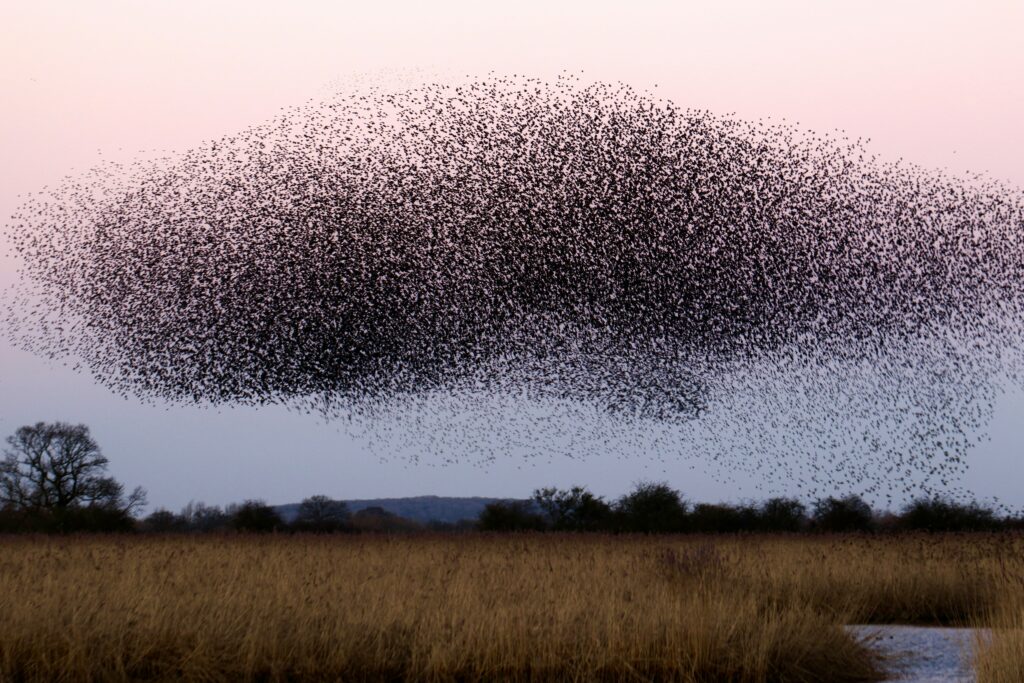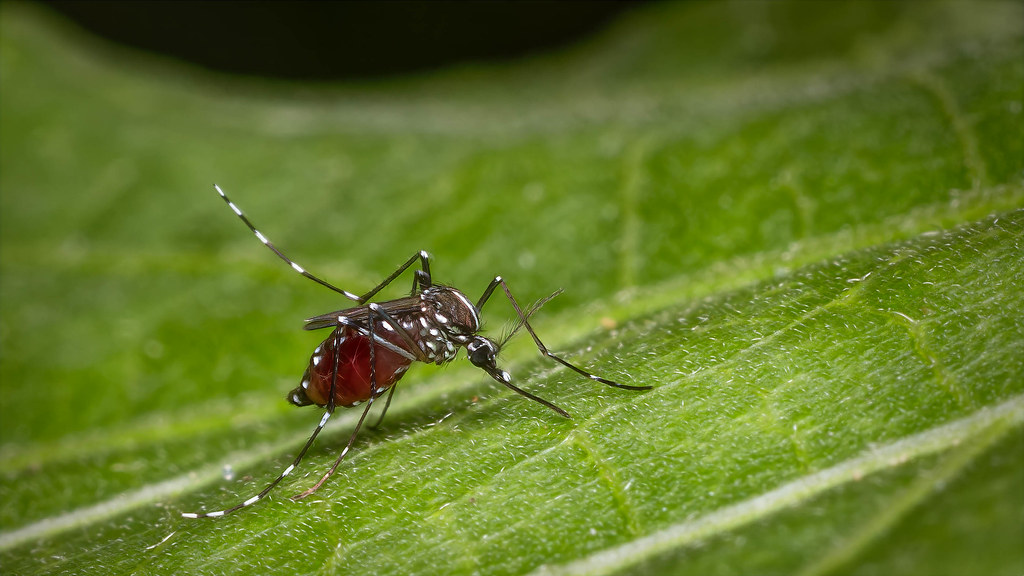Author: Jake Breen
Date: June 27th, 2024

Area of Impact:
Atlantic Canada
Article Information and Location:
Will climate change mean more mosquitoes in Atlantic Canada? N.S. researchers want to know
Erin Pottie, CBC News, April 21st, 2024
INTRODUCTION
Insect migration is the seasonal movement of insects. Insects may migrate for a variety of reasons, including migration for the purpose of breeding, feeding, or hibernating. Insect migration periods are generally initiated by seasonal climatic conditions; for example, many different species undergo migration to new breeding areas during the rainy season. Temperature is another factor that often influences migration periods; many insects require a very specific temperature range that is ideal for flying long distances. As noted in a University of Guelph article, migration patterns are directly impacted by global warming. As migration patterns shift, insects may occupy certain areas for longer or shorter periods, and they may migrate to areas of which they have not previously inhabited.
The news article Will climate change mean more mosquitoes in Atlantic Canada? N.S. researchers want to know dives into the topic of insect migration toward Atlantic Canada. Biology researchers in Nova Scotia have been looking specifically at the Asian tiger mosquito, a species not commonly found in Nova Scotia. Their studies look at the likelihood that this species of mosquito will expand their migration pattern to include Atlantic Canada. Although this species of mosquito prefers warmer climates, the question is raised about whether or not climate change and global warming will cause a shift in the migration pattern of the Asian tiger mosquito to Atlantic Canada.

INFORMATION AND SIGNIFICANCE
In order to study the presence and likelihood of new species of mosquito in Atlantic Canada, researchers must first identify which mosquitoes are currently flying around. In summary, 38 different species of mosquito have been identified in Nova Scotia, with more than 40 being identified throughout Atlantic Canada. The researchers are currently looking at ways to study how Asian tiger mosquitoes would fare in Atlantic Canadian climatic conditions, and how they would interact with these other species. As the Asian tiger mosquitoes are an invasive species, researchers are considering experimental methods that do not require bringing these mosquitoes to labs in Atlantic Canada. Instead, they plan to conduct their research using labs in areas where this species has previously been identified.
The research outcomes of the study looked at in this article have broader implications for the general Atlantic Canadian population. The results show that the number of mosquito populations in Atlantic Canada is likely to increase in coming years, as migration patterns shift due to climate change. Although an increase in populations is merely a nuisance to many people, there are also serious risks to humans and animals that come with foreign mosquito populations. Mosquitos are known for their ability to transmit viral disease agents, and the Asian tiger mosquito is no exception. There are a variety of diseases this species is known to carry, including the Zika and West Nile viruses. Thus, being informed of their population dynamics in Atlantic Canada is important for healthcare providers to decide what potential vaccinations may need to be introduced, to keep all citizens of Atlantic Canada safe and prevent outbreaks.

CONCLUSION
In summary, mosquito populations in Atlantic Canada are changing. Climate change and global warming both contribute to shifts in the migration patterns of common insect species, and this article highlights the potential introduction of Atlantic Canada in the migration pattern of one species, the Asian tiger mosquito. Atlantic Canadians should be aware of the potential migration of these species, and to consider the possible implications and safety measures that may need to be taken in the near future.
